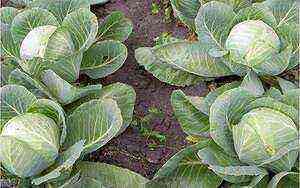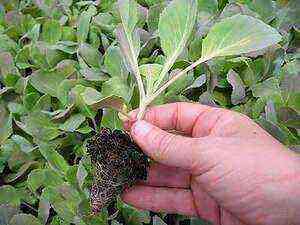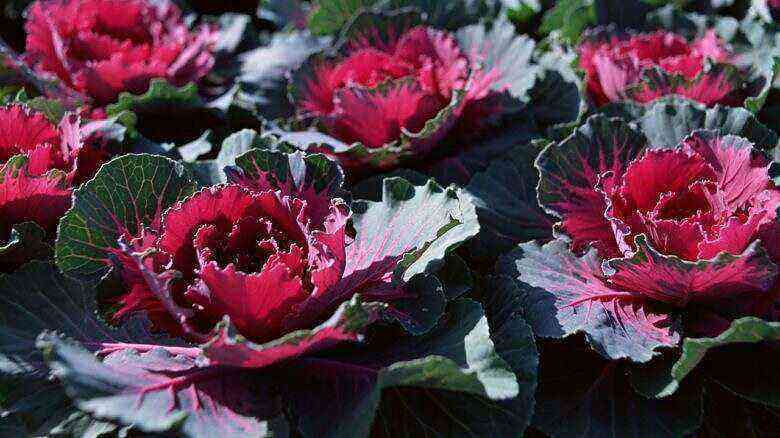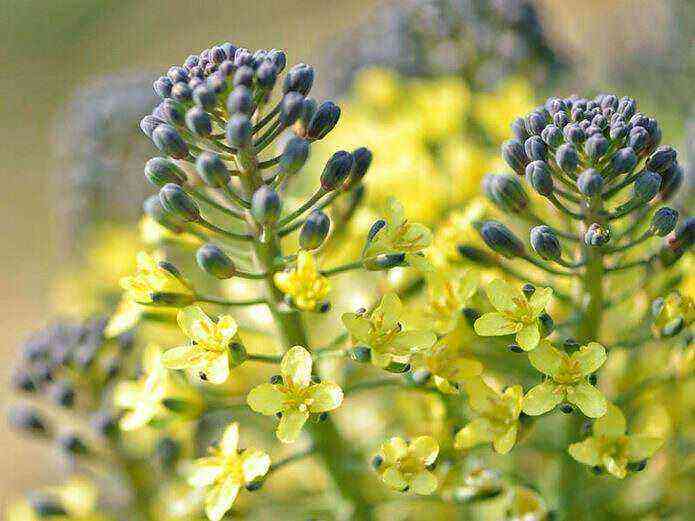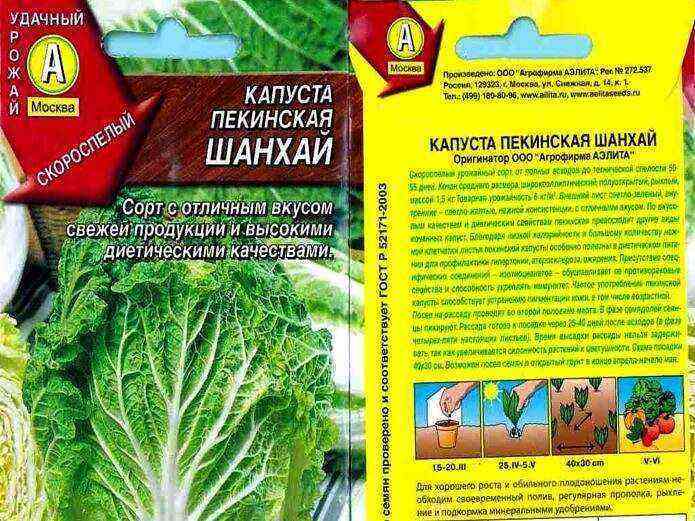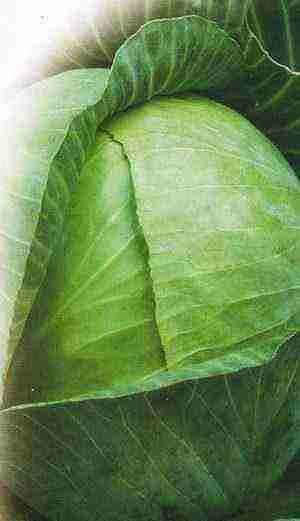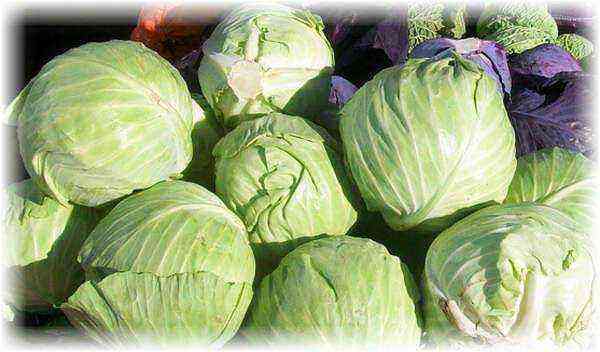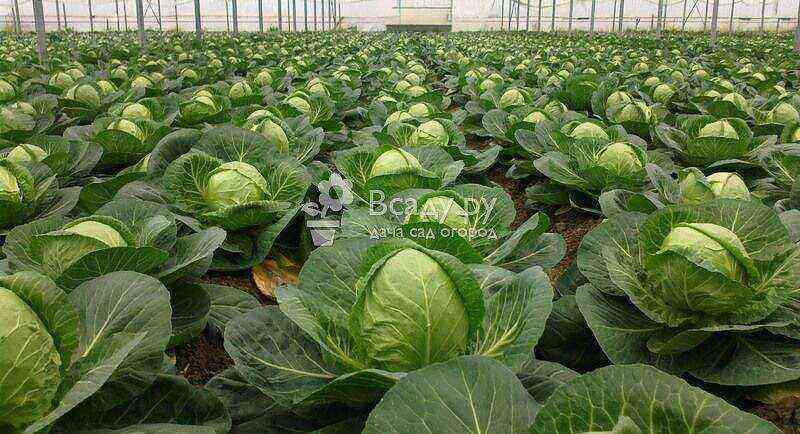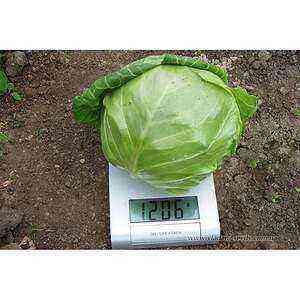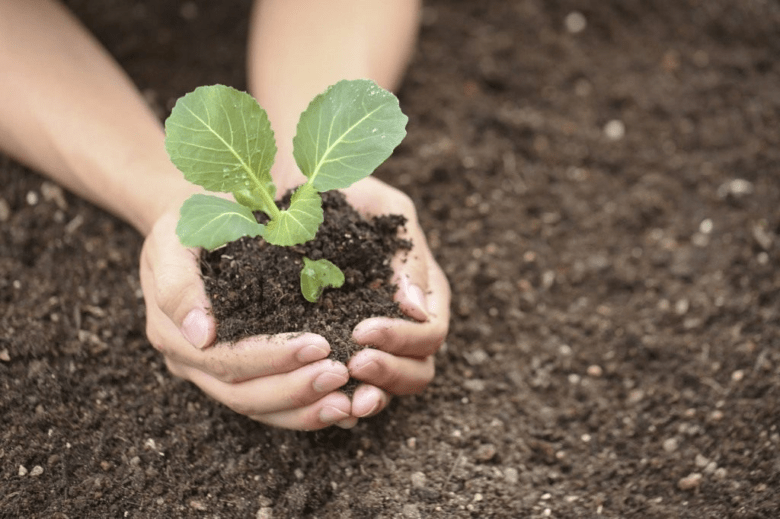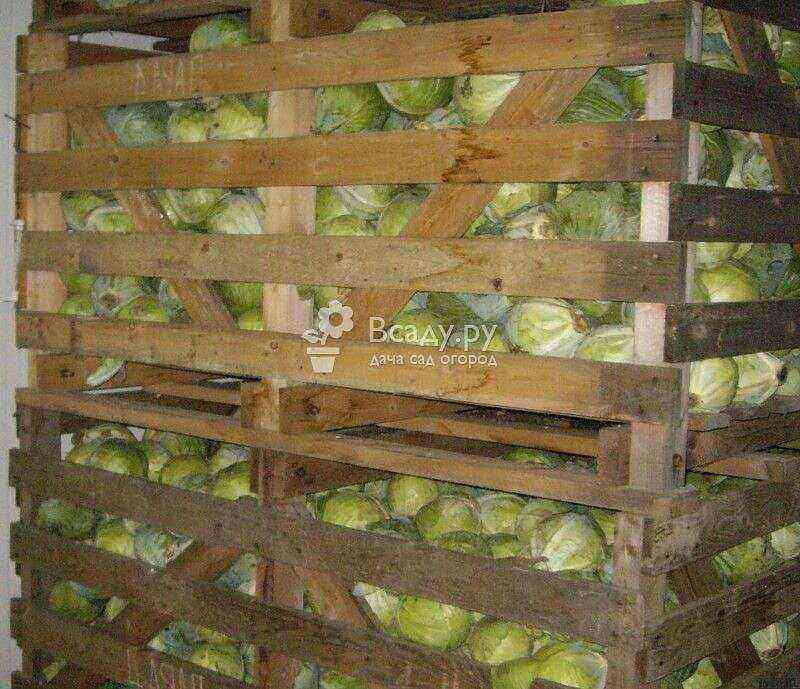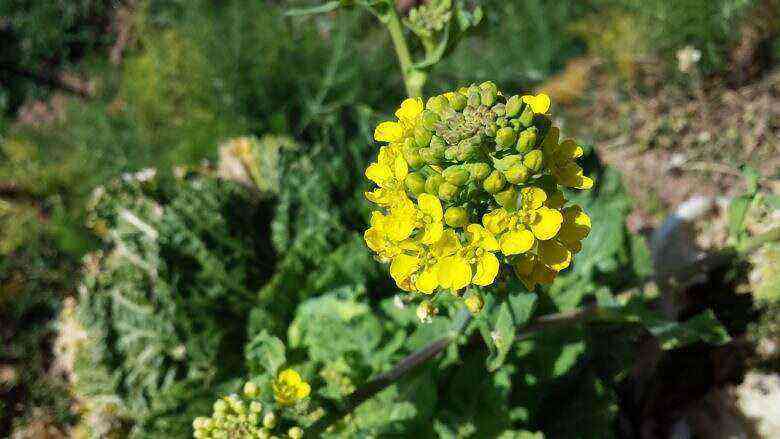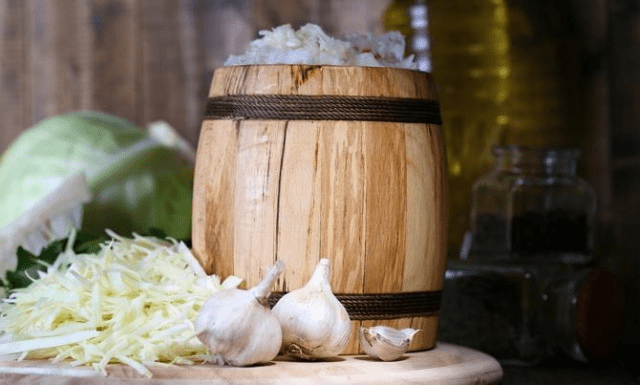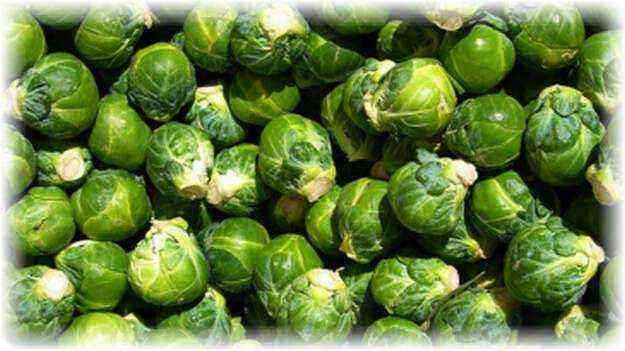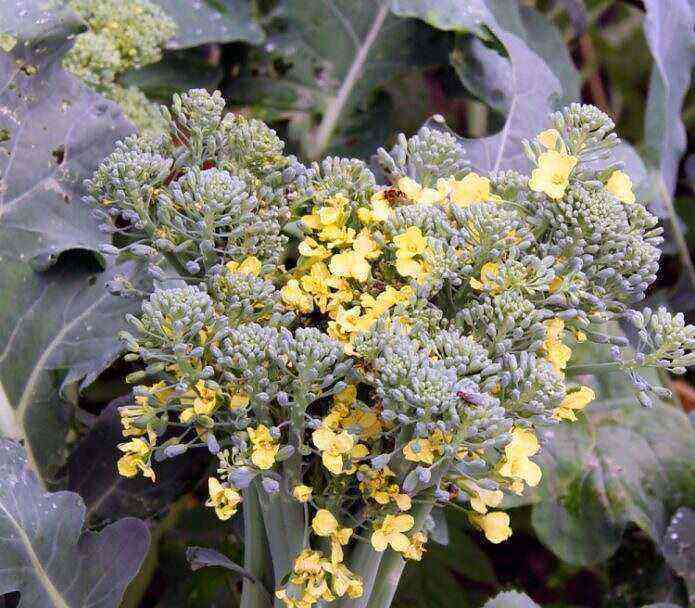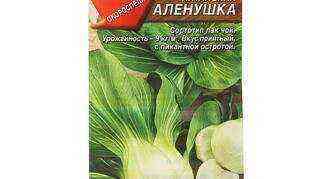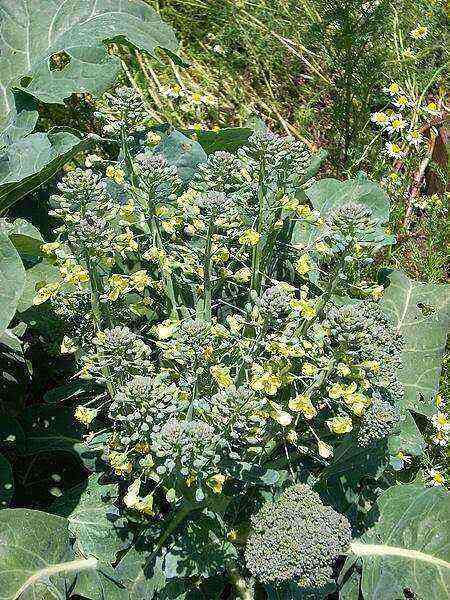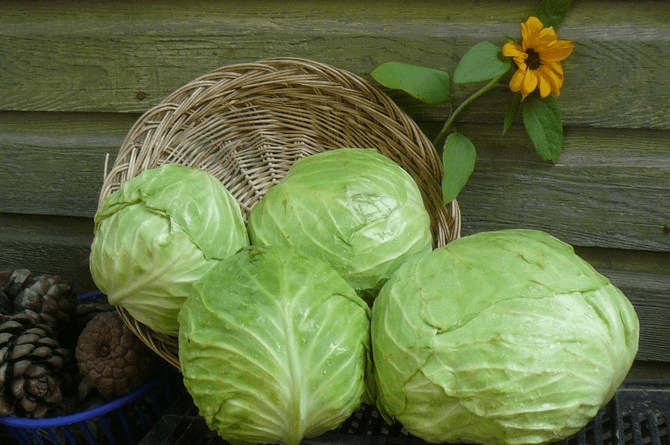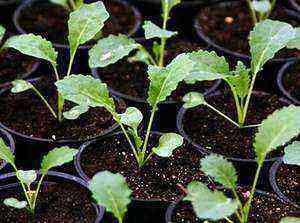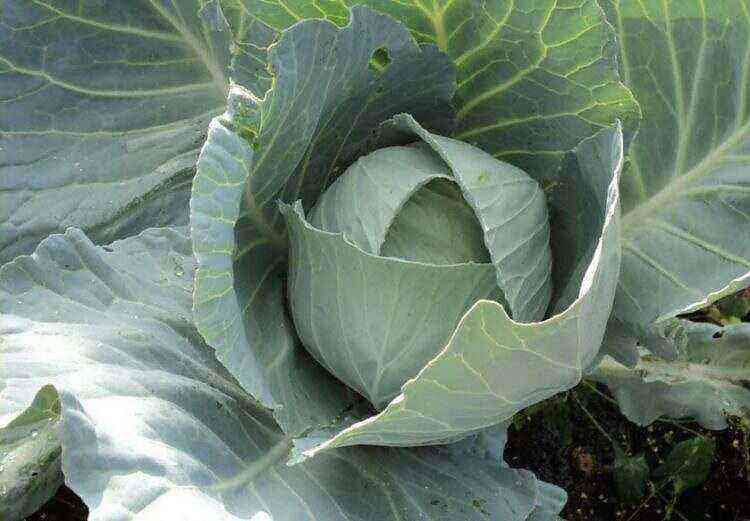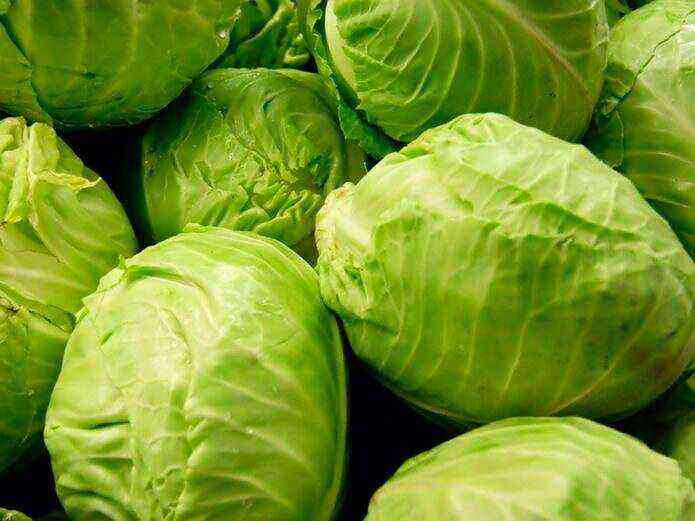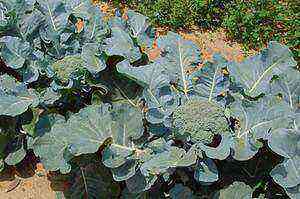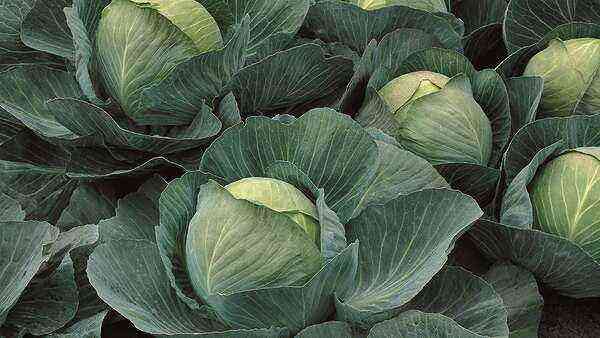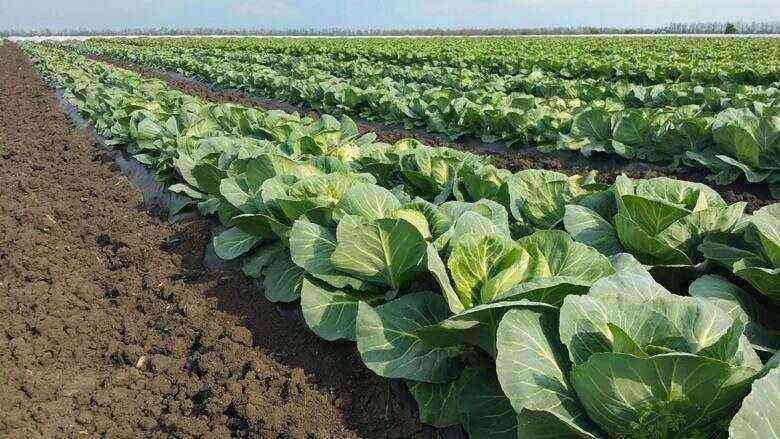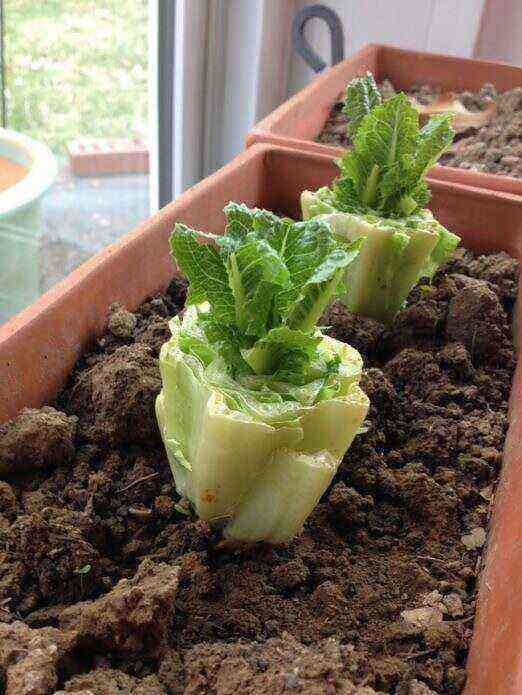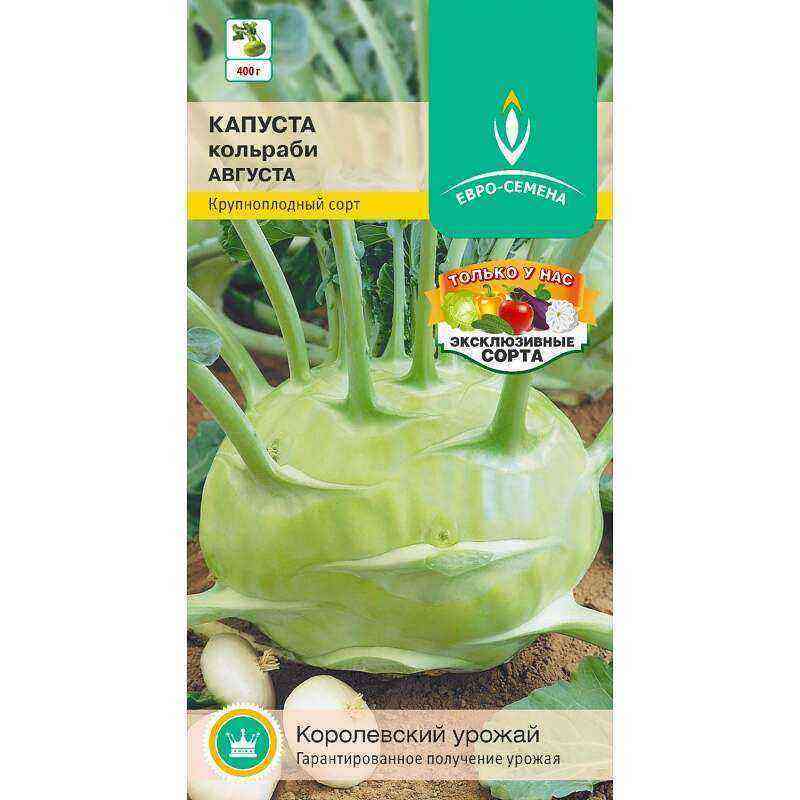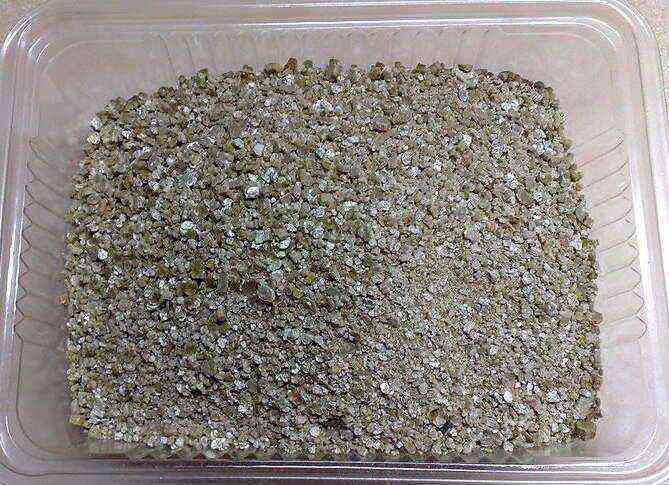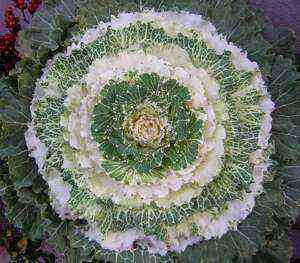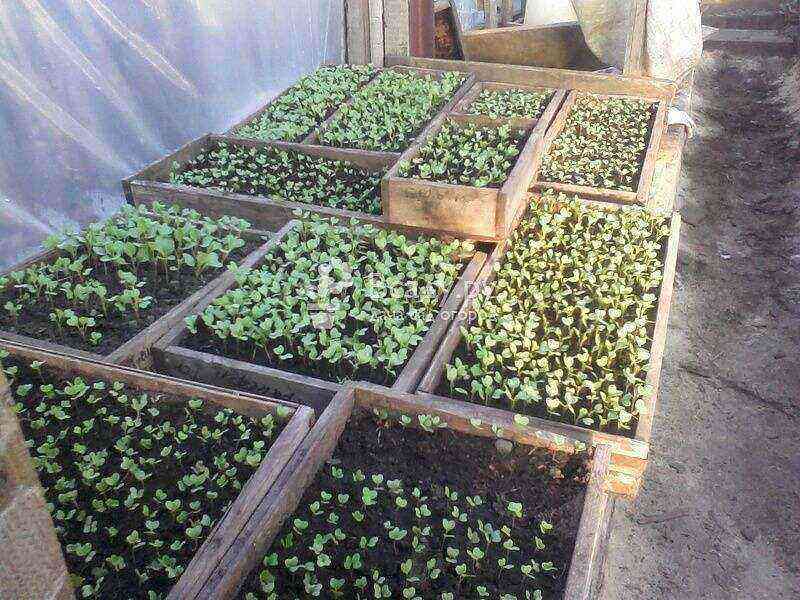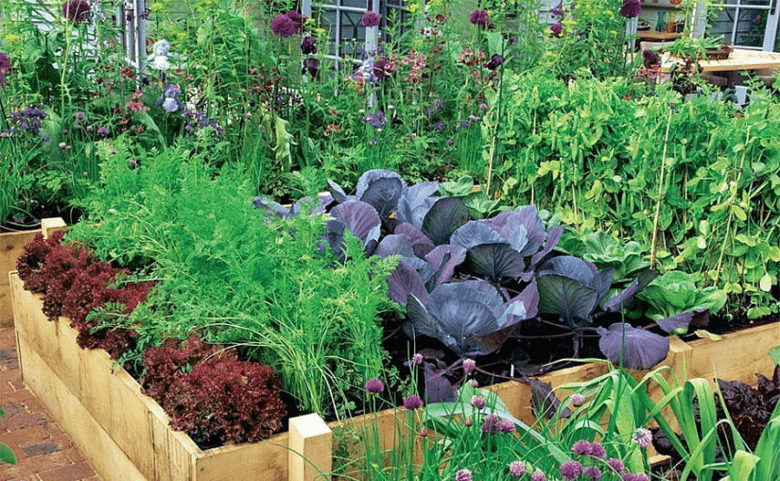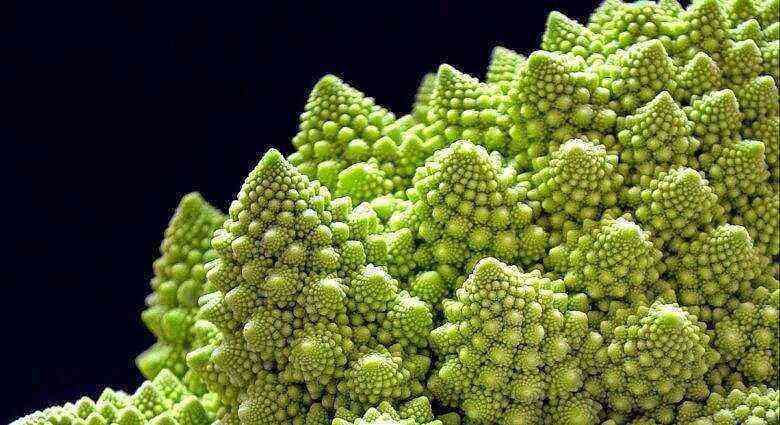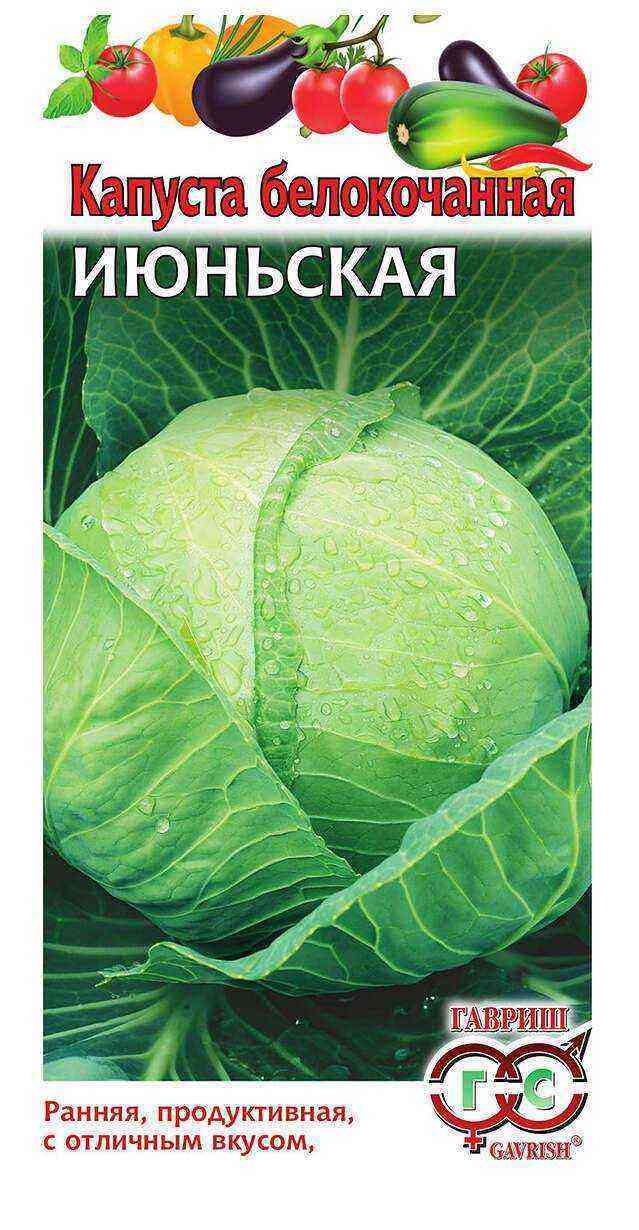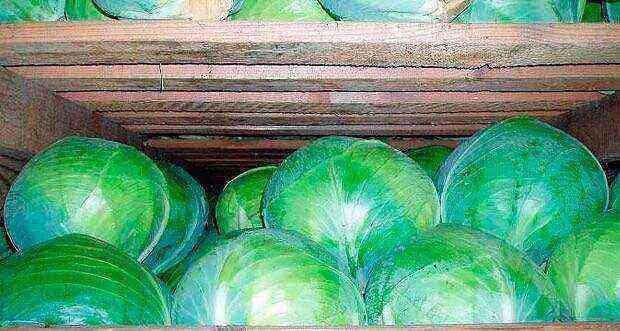White cabbage is quite popular among summer residents, so they are very worried about how to grow it correctly to get a good harvest. This vegetable culture is rich in a variety of vitamins that are necessary for the human body, and its taste is delicate and juicy.
It can be stored well in winter, it makes a delicious salad, and it is also great as a filling for pies. Let’s try to figure out how to properly cultivate white cabbage and take care of it in order to harvest an excellent harvest.
Why is white cabbage so popular
In our country, this vegetable is very popular, and it received its fame in ancient times. As early as 4 thousand years ago, this culture began to be cultivated in Ancient Egypt. Gradually, she migrated to European countries, including Russia. Our scientists have developed varieties that are suitable for the Russian climate.
Because white cabbage is great for keeping in winter, it quickly gained popularity. In fermented form, it is a valuable source of vitamins, and thanks to the brine, strength is restored and seriously ill people are recovering.
This vegetable crop contains a large amount of ascorbic acid and vitamin U, which are able to cure stomach ailments. It is also used in folk medicine and cosmetology.
Characteristics of white cabbage
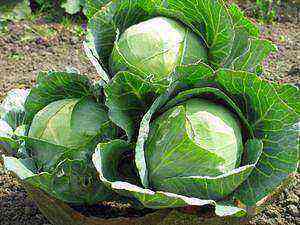
In extreme heat, the growth of culture stops, if the temperature exceeds the mark of +35 degrees, the heads of cabbage cease to be tied. The optimum temperature for growing is +18 degrees. Adult heads of cabbage are able to withstand frosts down to -8 degrees.
Depending on the ripening time, cabbage varieties are:
- The early ones.
- Mid-season.
- Late.
Early varieties are good to use fresh, middle and late varieties are best pickled and fermented, and the latter are also remarkably stored.
Today, scientists have developed a large number of varieties and hybrids of white cabbage, which suitable for any climatic zone… This point is important for cultivation, because in this case the vegetable crop gives a rich harvest.
How to properly grow seedlings
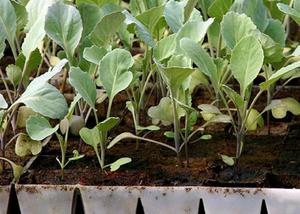
Experienced gardeners do not recommend to grow white cabbage, use garden soil, as there is a risk of infection of seedlings. Before planting seeds, it is necessary to pickle the soil with a solution of potassium permanganate.
Medium-ripening varieties sown in boxes in mid-April, and late ones at the end of this month. Before planting, the seeds must be soaked in hot water for 15 minutes, after which they are moved into cold water for 3 minutes.
Then 12 hours of them kept in a solution of stimulants and a day – in the refrigerator. The prepared seeds must be dried and sown in a box with well-moistened soil to a depth of 1 cm. Before sprouting, the temperature should be +20 degrees.
If cabbage seedlings are grown on a windowsill, you should provide her with light in the required amount, otherwise it will begin to stretch, its stems will be long and thin, and the plant itself turns out to be weak.
Soil preparation
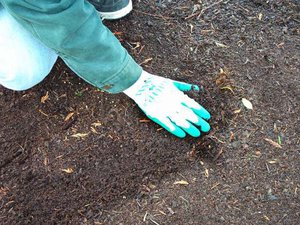
If the soil is poor and heavy, then it is necessary to add sand and compost to it about a bucket of 1 m². Because of the savings, many gardeners apply fertilizer directly to the holes. Growing plot should be flat, without any slopes.
Seedlings are planted in the following terms:
- early varieties – the first half of May;
- medium – mid or late May;
- late varieties – late May to mid-June.
Scheme of planting cabbage in open ground
Seedlings are planted according to the following scheme:
- Early varieties – at a distance of 50 cm from each other.
- For medium and late varieties, this value is already 60 cm.
It is better to choose a cloudy day for planting cabbage in open ground, and it is advisable to do this in the evening. If the planted seedlings are exposed to sunlight, they can “cook”. In the early days it is desirable darken with thick cloth or branches.
Seedlings should be planted in pre-watered holes, this will not allow voids to form around the hole. Before the first leaves appear, it is better to sprinkle it with dry earth. It is also necessary to ensure that the central kidney is not pulled into the ground.
Growing cabbage in the open field and care
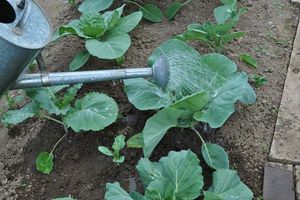
First you need to do this shallowly, up to 10 cm.As the heads of cabbage grow, it should be loosened deeper, up to 25 cm.At the same time weeding should also be doneas weeds can obscure the seedlings.
Growing and caring for white cabbage includes watering. This culture is very hygrophilous, but different varieties have different requirements for this process.
An early variety of cabbage during its growth is necessary water regularlybut in moderation. It is enough to carry out this procedure once a day so that the soil is always moist.
During the setting of heads of cabbage (in June), the intensity of watering increases. Two weeks before cutting the cabbage, which is carried out at the end of July, they stop moistening the soil, since excess moisture leads to cracking of the heads.
A mid-season variety is watered at first in the same way, but it is carried out much longer and more intense during the period of tying heads of cabbage. Before cutting, watering is stopped in two weeks.
The late variety constantly needs moisture. Since it is this type of cabbage that is used for storage in the winter, then a month before cutting watering should be stopped… Otherwise, excessive moisture can affect storage quality.
Rarely and in large quantities it is undesirable to water a vegetable crop, since the roots are capable of accumulating moisture, which contributes to their strong development to the detriment of the heads of cabbage.
Fertilizers and fertilizers

The second feeding is also carried out after two weeks and use mullein infusion, which is prepared in advance and insisted for 10 days.
The third feeding is carried out during the tying of the heads, while the infusion of mullein is also used or herbal collection from wormwood, sow thistle, nettle.
Top dressing is carried out in the hole under the roots, trying not to fall on the leaves and it is necessary to combine this process with watering.
Fighting diseases and pests
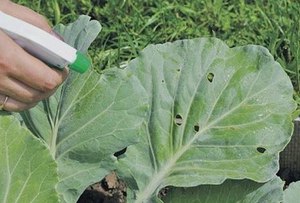
This culture is capable of absorbing various poisons that are used for spraying from pests, so it is best to use folk remedies to destroy them. For example, you can mix mustard powder and red hot pepper and this pollinate the heads of cabbage with a mixture.
It helps to get rid of cruciferous flea beetles by spraying with an ash solution – a liter jar for a bucket of water or vinegar essence, two tablespoons.
The most dangerous cabbage disease – keela, the appearance of which helps preventative measures.
Thus, growing and caring for white cabbage is a rather difficult task. To get a good harvest, you need do everything right and in due time and in a timely manner to rid the crop of weeds.
It must be remembered that early, middle and late varieties require different care, and the grown crop is also used for different purposes.
